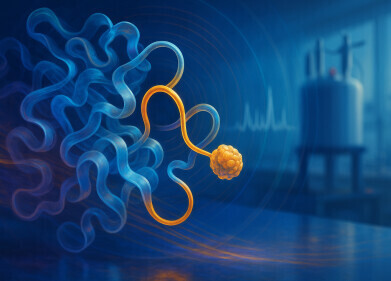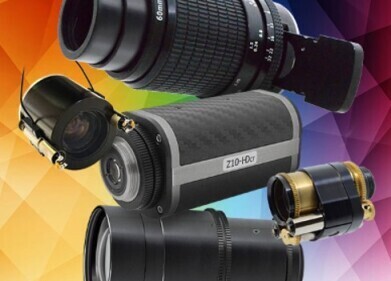-
 Governments are struggling to implement legislation relating to potentially dangerous legal highs
Governments are struggling to implement legislation relating to potentially dangerous legal highs
Microscopy & microtechniques
University of Lincoln develops new testing methods for legal highs
Jul 17 2013
The University of Lincoln is fast becoming one of the leading facilities for research into drug detection methods. A research group from the university is currently exploring new ways to identify the substances within 'legal highs'. Whilst these substances are not currently covered by misuse of drugs laws at this time, they are often dangerous, unapproved forms of medication.
The fight against legal highs has been continuing throughout the world for a number of years, with some of the substances being banned. Out of the European Union as a whole, legal highs are more prevalent in Britain than in any other member country. With governments throughout the globe constantly seeking to upgrade legislation on these substances, new ways to identify them have been needed.
One method for identification of legal highs, developed by a research group at the School of Life Sciences at Lincoln University, is now being used in laboratories throughout the world following its inclusion in the United Nations manual. The microcrystalline test is being used by a range of drug analysis laboratories to identify benzylpiperazine (BZP). This substance is often used to achieve similar effects to those experienced upon ingesting ecstasy.
Leonie Elie, a researcher from the School of Life Sciences, said: “In microcrystalline testing you compare shapes of crystals obtained from unknown substances to those developed with known standards. Forensic scientists have been using this technique with confidence for many decades but the knowledge is lost when it doesn’t get passed on to the newer generations.
"Unfortunately, nowadays most drug analysis labs seem to prefer using instrumental techniques rather than relying on empirical methods like microcrystalline testing. With our modernising approach we can continue to show how reliable this seemingly simple method is.”
This form of testing samples is incredibly quick as it is purely a case of observing a chemical reaction that forms crystals between the reagent and the sample. The type of reagent used depends upon what the sample is suspected to be.
Digital Edition
Lab Asia Dec 2025
December 2025
Chromatography Articles- Cutting-edge sample preparation tools help laboratories to stay ahead of the curveMass Spectrometry & Spectroscopy Articles- Unlocking the complexity of metabolomics: Pushi...
View all digital editions
Events
Jan 21 2026 Tokyo, Japan
Jan 28 2026 Tokyo, Japan
Jan 29 2026 New Delhi, India
Feb 07 2026 Boston, MA, USA
Asia Pharma Expo/Asia Lab Expo
Feb 12 2026 Dhaka, Bangladesh
.jpg)
-(2).jpg)
















